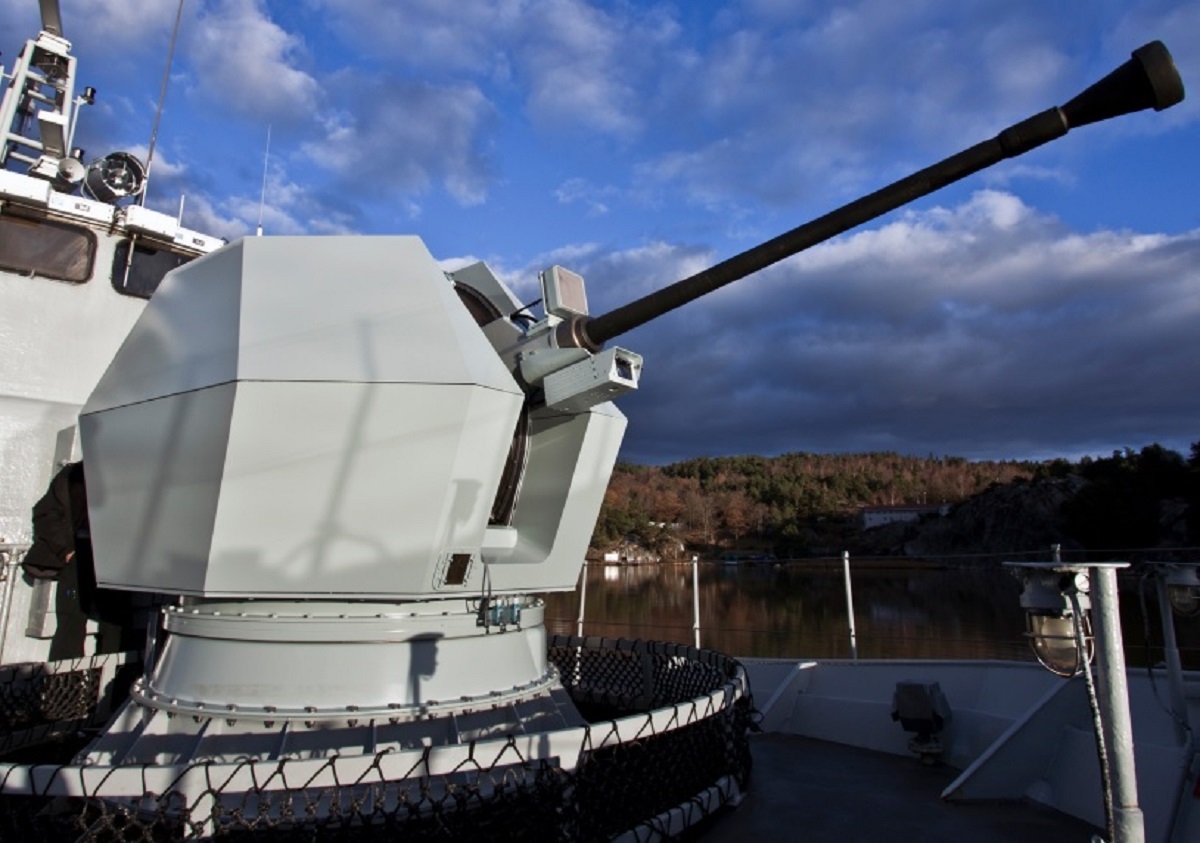Boustead Heavy Industries Corporation’s joint venture, BHIC Bofors Asia Sdn Bhd (BBA), has been granted an extension contract by the Ministry of Defence (Mindef) for the supply of Bofors 40MM/L70 Guns to the Royal Malaysian Navy (Tentera Laut Diraja Malaysia, TLDM). BBA, a collaboration between BHIC Defence Technologies Sdn. Bhd. (51%) and BAE Systems Bofors Holdings Sdn. Bhd. (49%), has secured this contract extension for an additional two years until December 31, 2025. The extension encompasses the supply and delivery of spare parts, maintenance, and training for these weapons. The contract’s maximum value is set at RM21 million. Boustead Heavy Industries Corp Bhd, in its disclosure to Bursa Malaysia, emphasized that this extension signifies an ongoing partnership between BBA and Mindef, reinforcing their commitment to enhancing TLDM’s operational capabilities. BBA initially received a Letter of Acceptance (LOA) for the supply and delivery of spare parts, maintenance, and training for TLDM’s Bofors 40MM/L70 Guns in December 2020. This was renewed for a three-year period from January 1, 2021, until December 31, 2023.
TLDM has utilized these cannons on patrol boats and fast attack craft since 1965. These manually operated guns are more straightforward as they lack complex electronic or optic systems. However, the number of TLDM-operated Bofors 40MM/L70 Guns is decreasing as most of the navy’s main warships transition to Bofors 57mm and Oto Melara 76mm cannons.Serving as secondary armaments on TLDM’s older patrol vessels, the effectiveness of the Bofors 40mm guns remains unquestionable. With a target range of up to 3km, the firepower unleashed by these cannons still poses a formidable threat to adversaries such as foreign fishing vessels, smugglers, or criminals attempting to breach the country’s waters. They also prove effective in engaging ground targets. Last year, Mindef awarded a contract worth RM15.7 million to BHIC’s subsidiary for supplying and delivering Bofors guns to TLDM. This contract encompassed spare parts, maintenance, and training for Bofors 57MM/L70 guns from September 1, 2022, to August 31, 2025. The Bofors 57mm guns are utilized on ships like the Lekiu-class frigates, including the five LCS ships that are still under construction.

The Bofors 40 is a flexible, highly versatile gun system designed to react quickly in coastal environments. Lightweight and compact, the naval gun system combines long range and a high rate of fire, giving the mine hunting vessels a greater level of defense against surface, air, and shore-based threats. The system’s light weight and modest size are made possible by innovative features including its electric drive system. It also has a fully digitised modular architecture, providing weapon synergies and future flexibility. Programmable 3P ammo means less round types are needed, reducing transport, storage, weight and space. These aspects combine to provide straightforward, costeffective integration. The Bofors 40 Mk4 can go from warning to destruction in less than 0.5 seconds. The 3P ammo can be programmed for optimised effect against any target, including airburst patterns for new threats that were previously impossible to engage. The automatically loaded, remotely controlled weapon can also be locally controlled as a backup, equipping the operator for any scenario.
The Bofors 40 mm Automatic Gun L/70 is a multi-purpose autocannon developed by the Swedish arms manufacturer AB Bofors (today BAE Systems Bofors) during the second half of the 1940s as a modern replacement for their extremely successful World War II-era Bofors 40 mm L/60 gun-design. It was initially intended as a dedicated anti-aircraft weapon, being sold as Bofors 40 mm Automatic A.A. Gun L/70, but has since its conception been redeveloped into a dedicated multi-purpose weapon capable of firing both sabot projectiles and programmable ammunition. The Bofors 40 mm L/70 design never achieved the same popularity and historical status as the original L/60 design but has still seen great export and popularity to this day, having been adopted by around 40 different nations and even being accepted as NATO-standard in November 1953. It is still being produced and sold (since March 2005 by BAE Systems AB), and several variants exist for both field and naval applications.
















